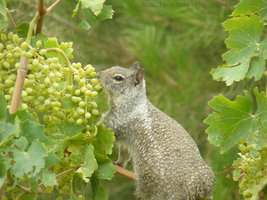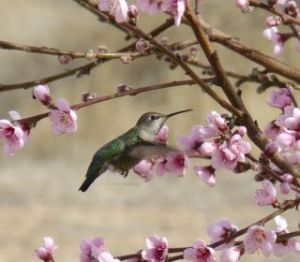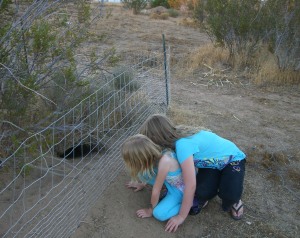I’ve learned that first of all, that being present in the field (the field in this case being the land around me), becoming aware of what is really happening, being quiet and listening, watching, and engaging all of my senses creates a connection between me and the land. If I do it often enough, it creates relationship. Some people (Scharmer, 2007; Senge, et al., 2008) call this “presencing.” That the first step. It’s something like having the land about yourself as a partner in a meditation.
Let the ideas come and go and come. Maintain deep respect for the land and the people too. Ideas will emerge. This can be an implicitly empowering way to approach farming/gardening. I’ve made many mistakes, so the process is also implicitly pedagogical. I learn from the land. I also can learn from other people who live on this land or on land like it. Sometimes I call Rainshadow Farm an “experimental station.” Sometimes it feels that this is what it will always be: an experimental agricultural station with a learning center and many projects going on. In a sense most ecological drylands farms are precisely this. Experimental stations.
Scharmer, C. Otto. (2007). Theory U: Leading from the future as it emerges, the social technology of presencing. Cambridge, MA: Society for Organizational Learning.
Senge, Peter, Scharmer, C. Otto, Jaworski, Joseph, & Flowers, Betty Sue. (2004). Presence: An exploration of profound change in people, organizations, and society. New York: Currency/Doubleday.
Tags: agroecology, drylands agriculture, eco-farm education, spiritual ecologies, sustainable agriculture, women farming



Leave a comment